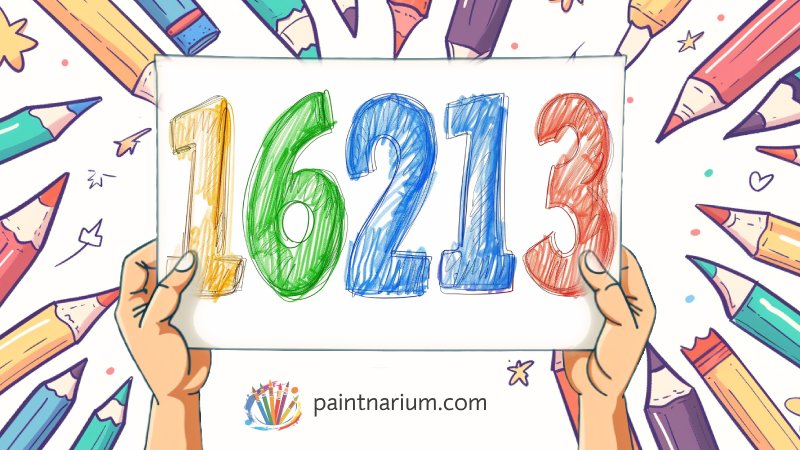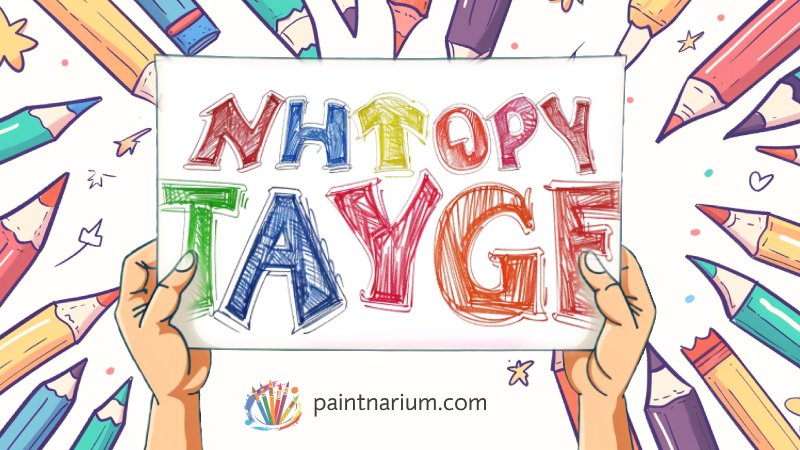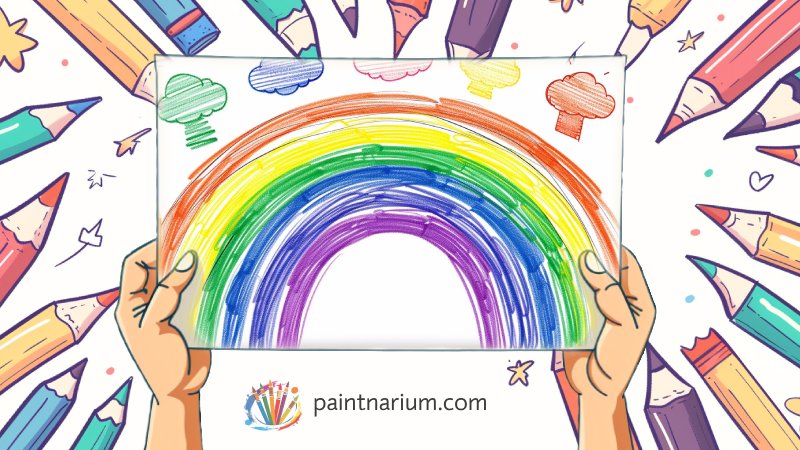What are educational coloring pages? They are a fun way to learn the basic elements of the world around you, such as letters, numbers, and colors. You can also learn what different objects (human body, animals, etc.) are made of. Select a category of interest below and get free printables for your child.
This page, like the database, is constantly expanding, so you will see different tutorials here. It is not easy to create a quality coloring book suitable for children. We value quality over quantity, so keep an eye on this page so you'll always have an educational helper at your fingertips.
A few examples of what it looks like
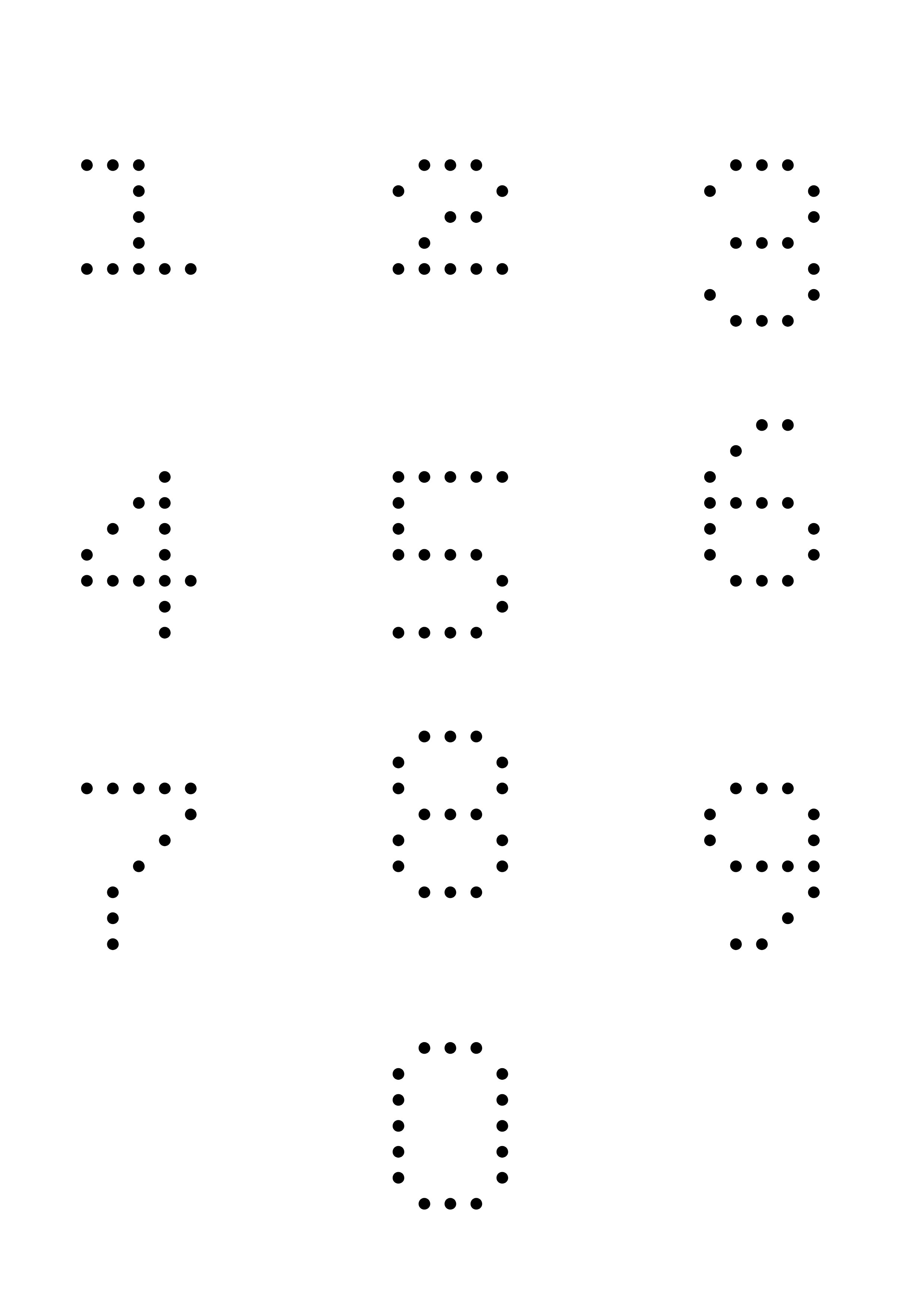



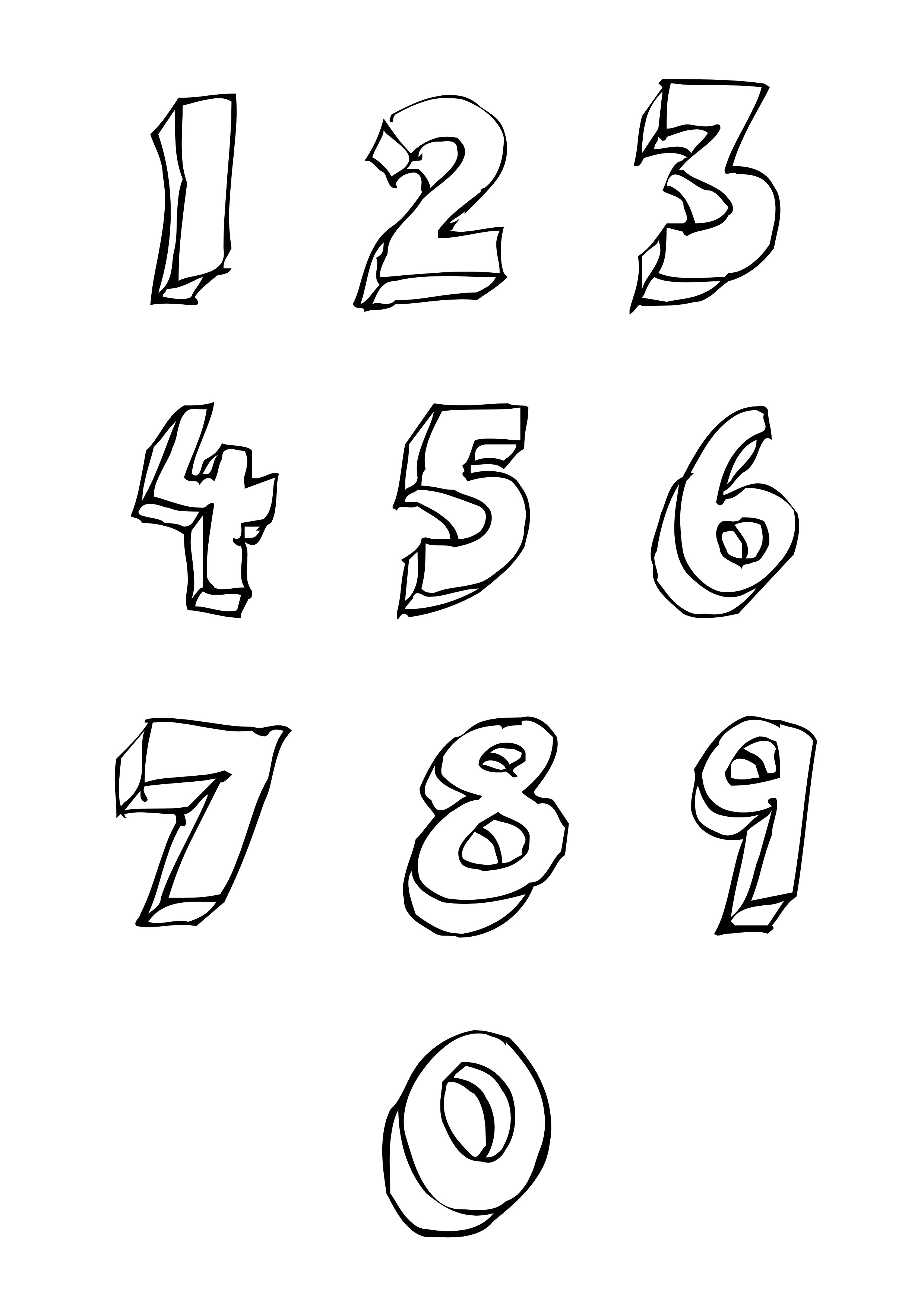



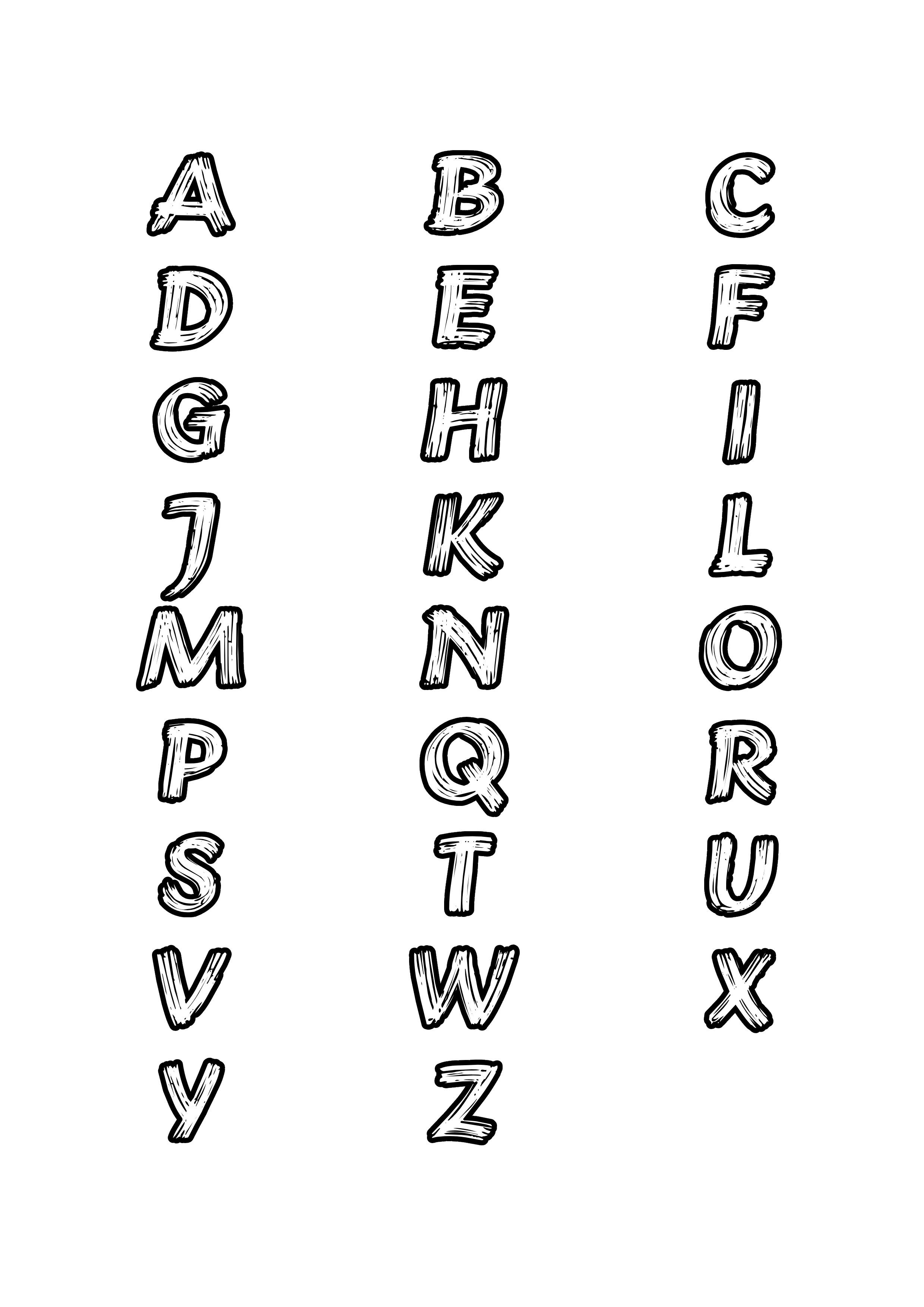



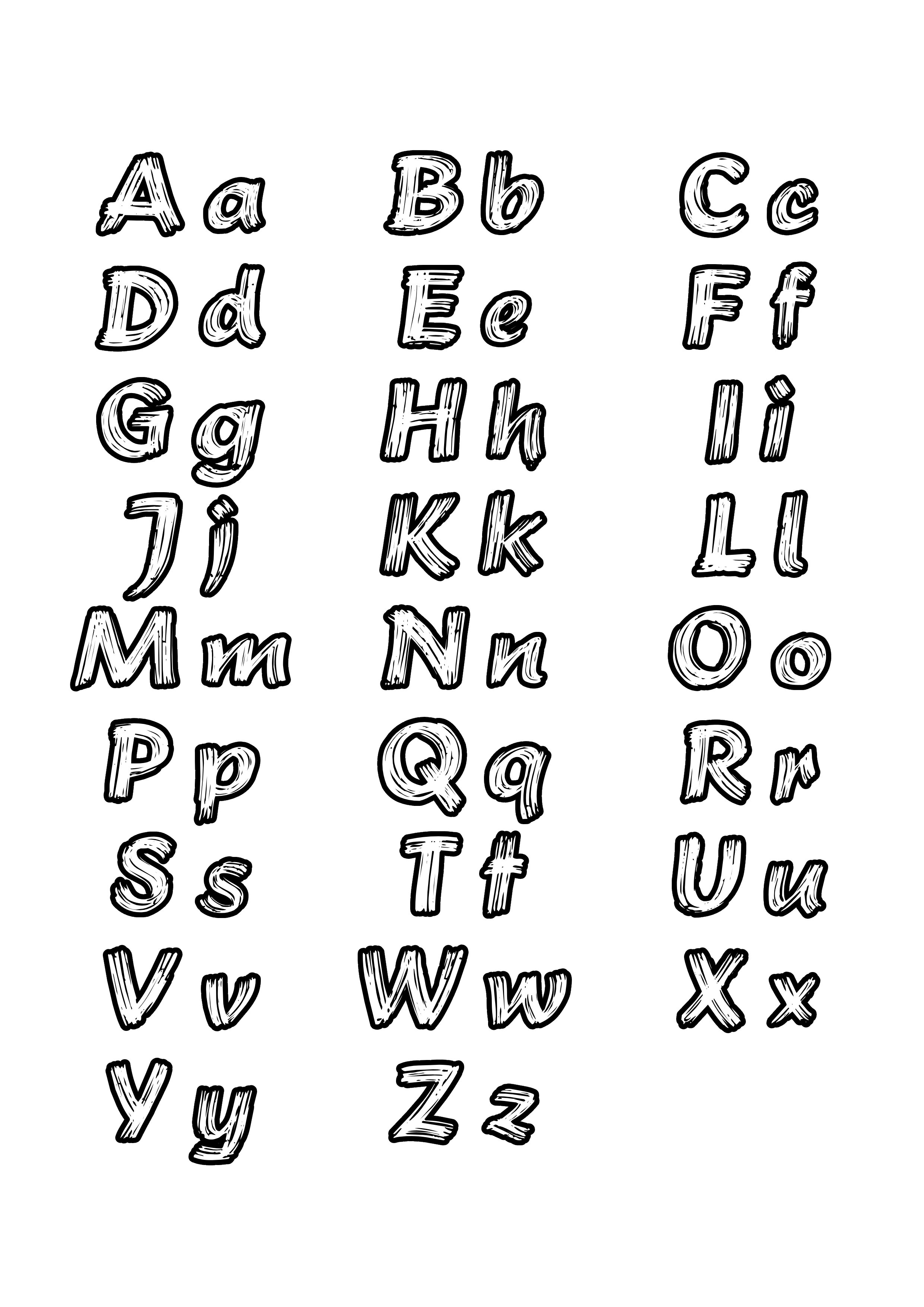



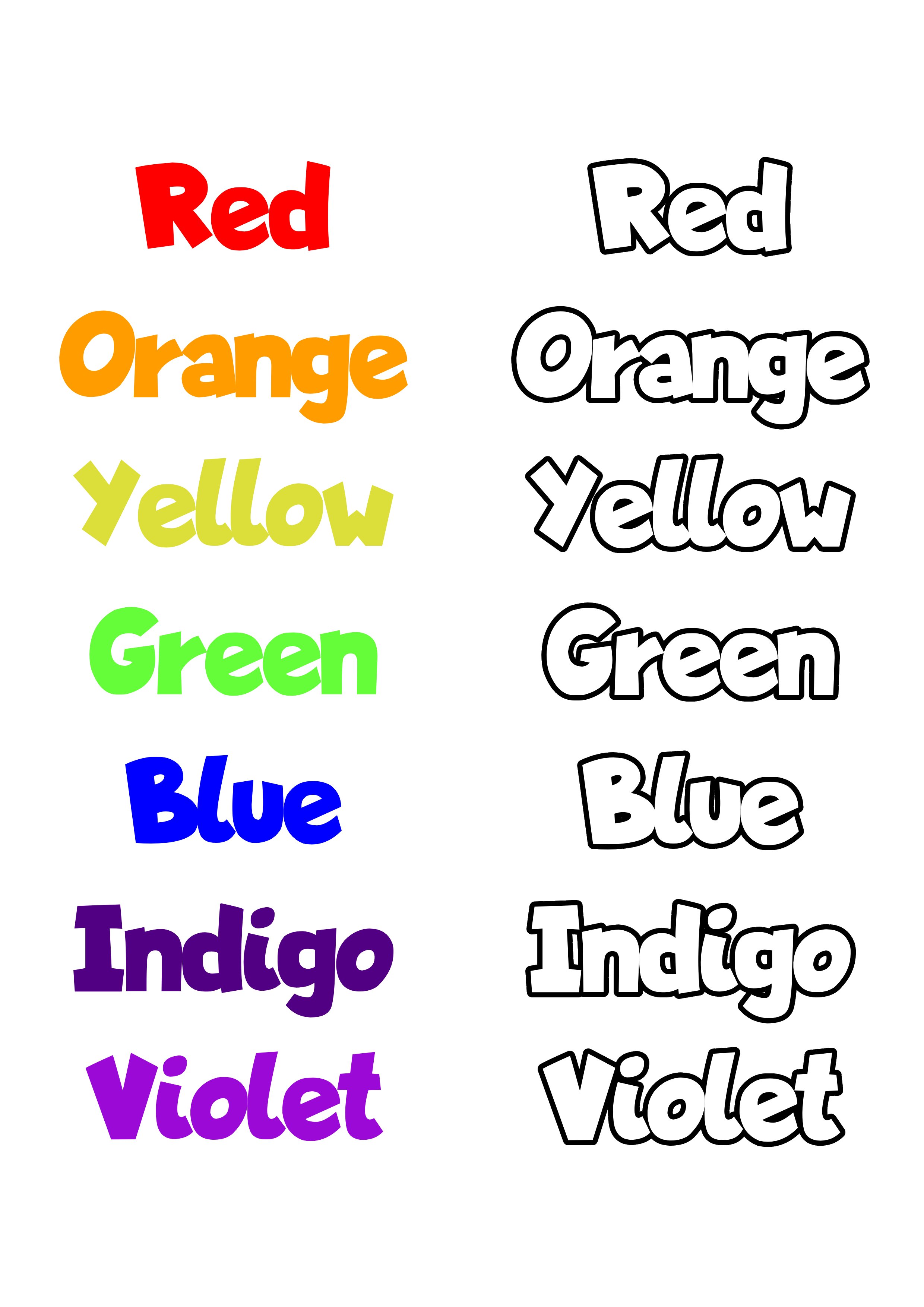







Coloring pages aren't just for kicks; they're also pretty handy for getting the young ones ready for school. Here's the lowdown:
- Alphabet and Numbers: Coloring those letters and digits can help kids get a handle on 'em, you know? Like, recognizing them and such.
- Shapes and Colors: Filling in those shapes and colors is great for learning about different forms and hues, you feel?
- Animals and Plants: Pictures of animals, birds, fish, and plants broaden their vocabulary and teach them about nature and stuff.
- Transportation and Wheels: Coloring vehicles like cars, trains, planes, and all that jazz helps them recognize different types of transportation, understand?
- Jobs and Careers: Learning about various jobs helps them understand roles in society and the world of work, you catch my drift?
- Everyday Situations: Scenes of daily life, like going to the store, hanging out in the park, or tidying up at home, teach them how to navigate the world, got it?
- Skill Building: Some coloring pages come with activities to help them develop skills, like connecting the dots or coloring by numbers and such.
So, check out the pages that match their vibe and interests, and get ready to level up for school!
Coloring tips for different ages
Here's a guide on coloring for the little ones, from babies to preschoolers:
Baby (6-18 months):
- Big and Bold: Opt for coloring pages with large, simple shapes and outlines. This makes it easier for babies to focus and explore.
- Bright Colors: Stick to bright, primary colors like red, blue, and yellow. These colors are engaging and catch their attention.
- Finger Painting: Let them get messy with finger painting! It's a tactile experience that babies enjoy, and it helps develop their fine motor skills.
Toddler (18 months - 3 years):
- Simple Images: Choose coloring pages with simple and recognizable images, like animals, fruits, or vehicles. Avoid intricate designs that might frustrate them.
- Basic Crayons: Introduce them to chunky crayons or washable markers. These are easy for toddlers to grasp and control.
- Color Matching: Encourage them to match colors by giving them pages with outlined shapes and a variety of colored crayons or markers.
Preschooler (3-5 years):
- More Detail: As they grow, introduce coloring pages with more detail, like scenes from nature or simple characters. This challenges their growing skills.
- Variety of Colors: Expand their palette with a wider range of colors, including shades and tints. Let them experiment and mix colors to see what happens.
- Different Mediums: Introduce them to different coloring mediums like colored pencils, watercolor paints, or crayons. This allows them to explore different textures and techniques.
Remember, the most important thing is to let them have fun and explore their creativity at their own pace!


